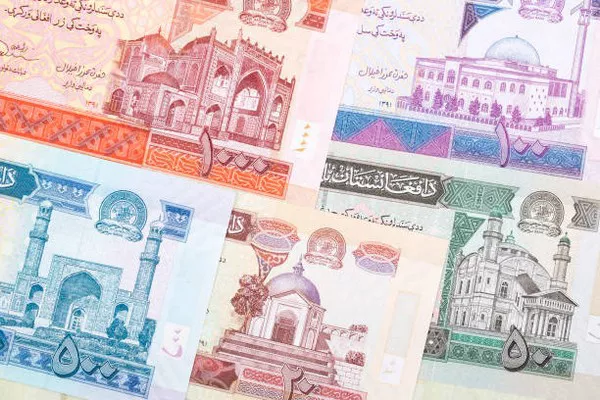In the intricate landscape of global finance, one nation’s currency is often a reflection of its economic stability and political climate. Afghanistan, a nation with a rich history and a tumultuous recent past, is no exception. The Afghan currency, known as the Afghani, plays a crucial role in the country’s economic resilience and financial standing. One may wonder, however, who holds the responsibility for the intricate task of printing Afghanistan’s money? This article delves into the enigma behind the printing of Afghanistan’s currency and explores the key players involved in this crucial process.
The Da Afghanistan Bank:
At the heart of Afghanistan’s monetary system is the Da Afghanistan Bank (DAB), the country’s central bank. Established in 1939, the DAB has evolved to become the primary institution responsible for issuing and regulating the Afghan currency. The central bank, located in Kabul, operates with the mandate of maintaining price stability and fostering a sound financial system within the country.
Printing Facilities:
To meet the growing demand for currency notes and coins, the Da Afghanistan Bank collaborates with reputable printing facilities. While the DAB has, in the past, engaged with various international printing companies, the most notable collaboration has been with De La Rue, a renowned currency and security printing company.
De La Rue and the Afghan Afghani:
De La Rue, a British company with a storied history dating back to 1821, has established itself as a global leader in currency printing and security solutions. The company’s involvement with the Afghan Afghani dates back several decades, with a partnership that spans the production of banknotes and other security documents.
The collaboration between the DAB and De La Rue is founded on mutual trust and a commitment to upholding the integrity of Afghanistan’s currency. De La Rue’s state-of-the-art printing facilities employ cutting-edge technology to ensure the production of secure and durable banknotes that are resistant to counterfeiting. The intricate designs and security features incorporated into the Afghani notes are a testament to the precision and expertise brought to the table by De La Rue.
Security Features:
The printing of currency is not merely a mechanical process; it is an art form that combines aesthetic design with sophisticated security features. In the case of Afghanistan’s currency, De La Rue has played a pivotal role in integrating advanced security measures to safeguard the integrity of the Afghani. These features include intricate watermarks, holograms, and specialized inks that make the notes resistant to replication.
Moreover, De La Rue is committed to incorporating innovations in currency technology, such as polymer substrates, which enhance the durability and longevity of banknotes. This not only ensures the longevity of the currency but also reduces the cost of frequent replacements, contributing to the overall economic efficiency of the Afghan monetary system.
Currency Design and Symbolism:
Beyond the technical aspects of currency production, the design of banknotes often carries cultural and historical significance. The Afghan Afghani is no exception, with each note depicting iconic landmarks, historical figures, and symbols that resonate with the nation’s identity. The collaboration between the Da Afghanistan Bank and De La Rue extends to the creative process, where the design of banknotes is carefully curated to reflect the rich tapestry of Afghanistan’s heritage.
Challenges and Controversies:
While the partnership between the Da Afghanistan Bank and De La Rue has been instrumental in ensuring the stability and security of Afghanistan’s currency, it has not been without challenges. The country’s turbulent political climate, marked by conflict and instability, has at times disrupted the smooth flow of currency production. Additionally, the security risks associated with transporting newly printed banknotes to Afghanistan pose logistical challenges that require constant attention.
Furthermore, the political changes within Afghanistan have led to debates about the representation on banknotes. Different factions may advocate for alterations in the imagery and symbolism depicted on currency, reflecting the broader societal and political shifts within the nation.
Conclusion:
In the intricate dance between economics, politics, and culture, the printing of a nation’s currency emerges as a critical facet of its identity and stability. In the case of Afghanistan, the responsibility for this delicate task lies with the Da Afghanistan Bank and its longstanding partner, De La Rue. The collaboration between these institutions not only ensures the secure and efficient production of the Afghani but also reflects a commitment to preserving the cultural and historical legacy embedded in the nation’s currency.
As Afghanistan navigates its path toward economic recovery and stability, the printing of its currency stands as a symbol of resilience and continuity. The intricate process, marked by innovation and collaboration, underscores the collective effort to strengthen Afghanistan’s financial foundation and contribute to its journey of growth and prosperity.


